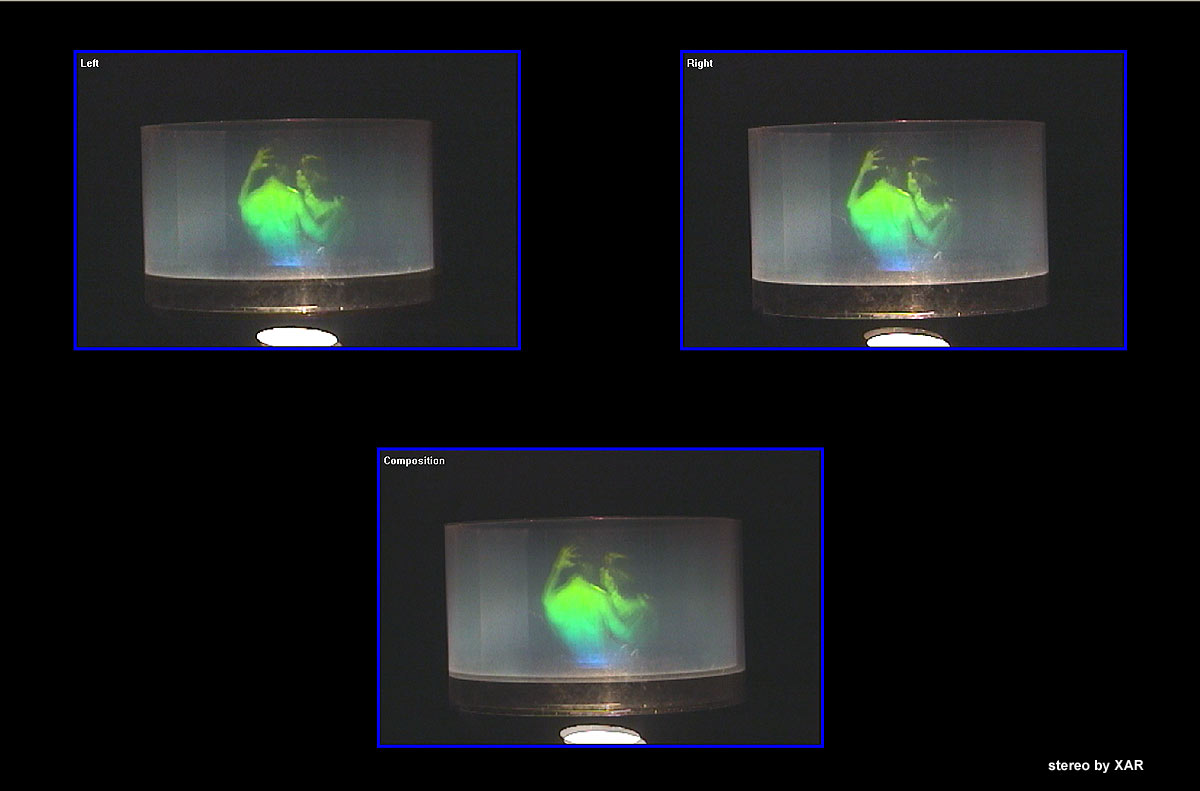


Anaglyph images, also recognized as "red/green" or "magenta/cyan" images, combine two stereo images from slightly different viewpoints into a single image.The following are some examples of techniques that are mainly used for still images. More advanced methods include Head-mounted displays, Polarized 3D images, Active shutter 3D images and other 3D display methods. The stereo pair can also be viewed with devices such as the Stereoscope or the View-Master. The stereo pair is then viewed using a parallel view or cross-eyed view method. The stereo pair can be viewed with the naked eye, if the images are placed side by side. Stereoscopic imaging relies on the principle of stereoscopy to present a slightly different image to each eye.
STEREOGRAM NUDES FULL
When stereoscopically merged, the result is a vertically exaggerated view of the Earth's surface in its full three dimensions. Depending on its elevation, each point in the image was shifted slightly. Lake Palanskoye in northern Kamchatka Peninsula was formed when a large landslide disrupted the drainage pattern, forming a natural dam. Magic Eye books refer to autostereograms as stereograms, leading most people to believe that the word stereogram is synonymous with autostereogram.
STEREOGRAM NUDES SERIES
The Magic Eye series is a popular example of this. Stereograms were re-popularized by the creation of autostereograms on computers, wherein a 3D image is hidden in a single 2D image, until the viewer focuses the eyes correctly. In the early 1900s, devices like the View-Master were developed, gaining moderate popularity. Salvador Dalí created some impressive stereograms in his exploration in a variety of optical illusions.

These stereoscopes were immensely popular for decades. invented an improved form of stereoscope in 1861, which had no mirrors and was inexpensive to produce. He found an explanation of binocular vision which led him to construct a stereoscope based on a combination of prisms and mirrors to allow a person to see 3D images from two 2D pictures. The stereogram was discovered by Charles Wheatstone in 1838. In this Norman Rockwell painting, a boy is seen using a Holmes-type stereoscope to explore Egyptian historical sites. Nowadays, there are many other methods to display stereoscopic images. Originally, stereogram referred to a pair of stereo images which could be viewed using a stereoscope.

A stereogram is any image that, through one of several techniques, is able to convey the experience of depth perception to the viewer by means of stereopsis for binocular vision.


 0 kommentar(er)
0 kommentar(er)
